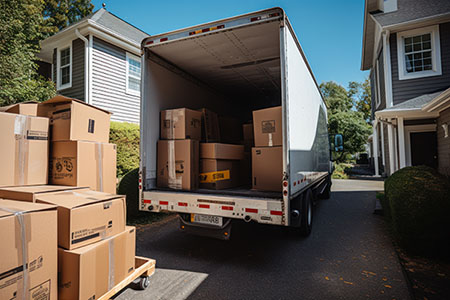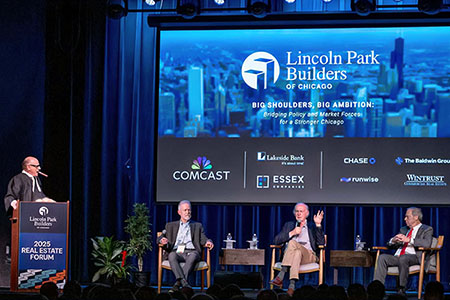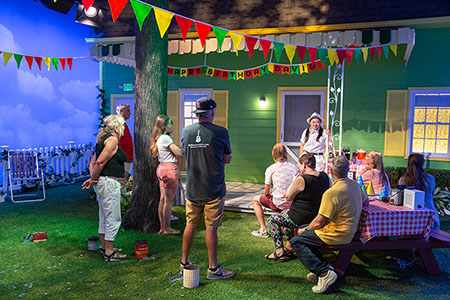With more and more Millennials renting, is the American Dream of homeownership fading into the sands of time?
Jul. 1, 2018 – The Great Recession and societal shifts – such as declining marriage and fertility rates – have depressed homeownership levels among young adults, housing advocates say.
However, the biggest barrier keeping young prospective buyers on the fence has been that housing costs are rising faster than incomes, according to new research from Freddie Mac.
The study examined economic and demographic trends from 2000 to 2016 to identify the causes behind the eight percent decrease in the homeownership rate among young adults under age 35. Homeownership in the United States peaked at 69.1 percent in 2002. It currently is 64.2 percent.
 |
| Freddie Mac research revealed that higher rents and home prices are the primary reason for the decline in young homeowners (49 percent), followed by lower marriage and fertility rates (22 percent), a younger, more racially diverse population (12 percent), increased migration to more densely-populated metro areas, which tend to be more expensive (11 percent), and a combination of student debt, preference towards renting, borrowing constraints, and other factors (13 percent). |
Sam Khater, Freddie Mac’s chief economist, says historically low mortgage rates and increasingly favorable employment conditions should have generated a far greater number of home purchases by young adults, especially in the last five years.
 |
“Home price and rent growth above incomes – driven primarily by a severe shortage of housing supply – have been too high of a hurdle for many would-be buyers to clear,” said Khater (left). “At a time when rising home values continue to build housing wealth for most homeowners, these weaker affordability conditions have led to a missed opportunity for the interested young buyers who are unfortunately priced out of the market.” |
The research also looked ahead to 2025 to estimate the homeownership rate among two age groups – those 25 to 34 years old in 2016 and those who will be of that age seven years from now. Under the baseline scenario, Freddie Mac estimates that homeownership rates in 2025 will increase for both groups as they age but remain below the historical average for their respective age groups.
“Demographics, housing preferences, and economic conditions will all play a role in the direction of homeownership in coming years,” Khater predicted. “If economic conditions improve, and incomes and entry-level housing supply increase in a meaningful way, homeownership rates for today’s and tomorrow’s young adults could exceed our current projections.”
Highlights of Freddie Mac homeownership study
|
• The home price-to-income ratio has increased substantially since 2000, depressing homeownership. The ratio has grown more for young adults than the overall population, and even more so for young adults living in metro areas.
• Around 700,000 young adults did not buy a home between 2000 and 2016 because of increases in inflation-adjusted home prices and rents.
• Homeownership rates for younger age groups fell steeply after the financial crisis, and this lag is likely to persist through 2025.
|
The homeownership rate for young adults – ages 25 to 34 in 2016 – is due to rise as they age, but that increase varies. By 2025 Freddie Mac projects...
|
• Under a baseline scenario, the homeownership rate of young adults rises to 58.1 percent.
• Under an optimistic scenario, the homeownership rate could rise as high as 60 percent – 1.9 percentage points more than the baseline.
• In a pessimistic scenario, the homeownership rate only increases to 55.9 percent – 2.2 percentage points less than baseline.
• For those who will be 25 to 34 years old in 2025, the homeownership rate is forecast to be 36.6 percent.
|
 |
(Above) Home ownership rates in United States since 1965. Shaded areas indicate U.S. recessions. Source: U.S. Bureau of the Census. |
Additional economic and demographic factors also impact homeownership rates among young adults, including...
|
• Those self-employed are five percent more likely to become a homeowner than those who work for an employer.
• Living in a metropolitan statistical area, where employment opportunities and amenities abound, results in a five percent less chance of becoming a homeowner versus those living outside metro areas.
• Those foreign-born are 11 percent less likely to become a homeowner, but the effect fades as the number of years resided in the United States increases.
• Living in a multigenerational household results in being five percent more likely to become a homeowner.
|

















